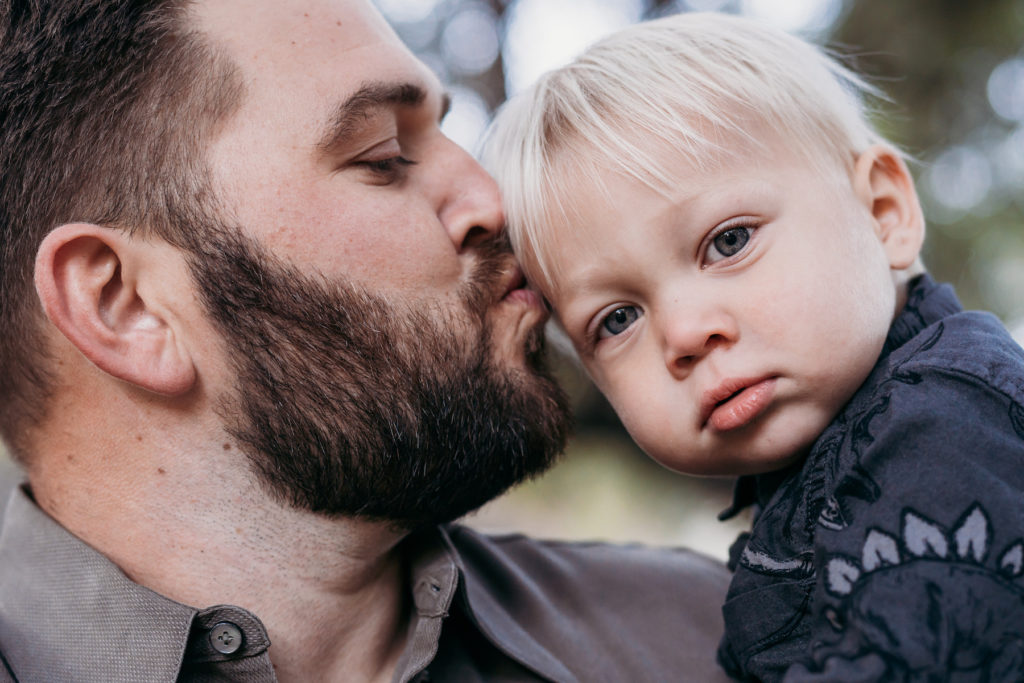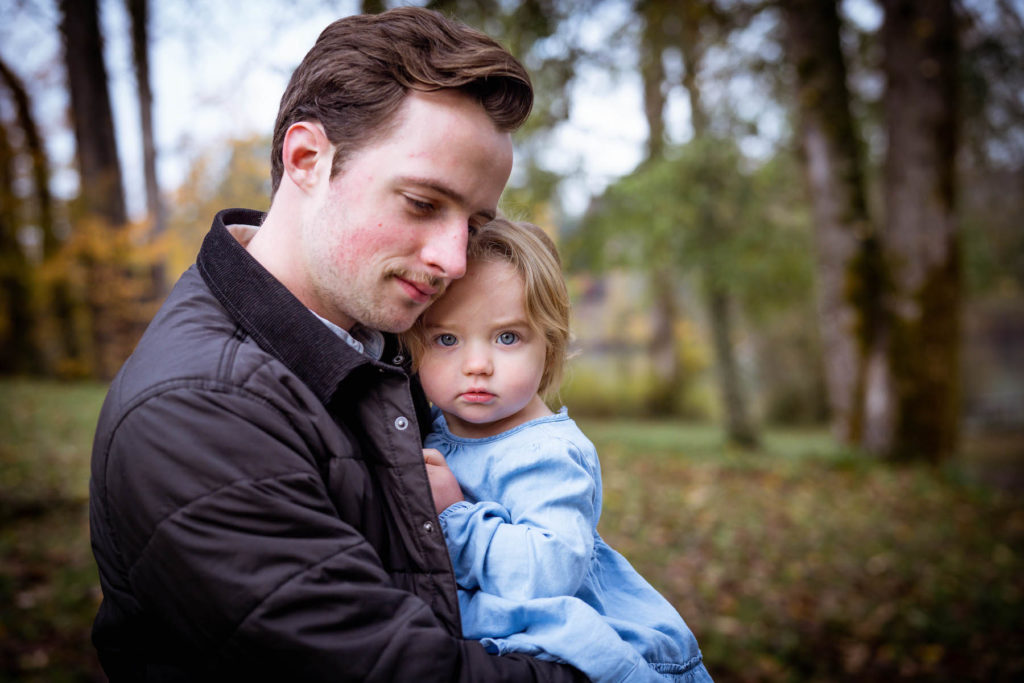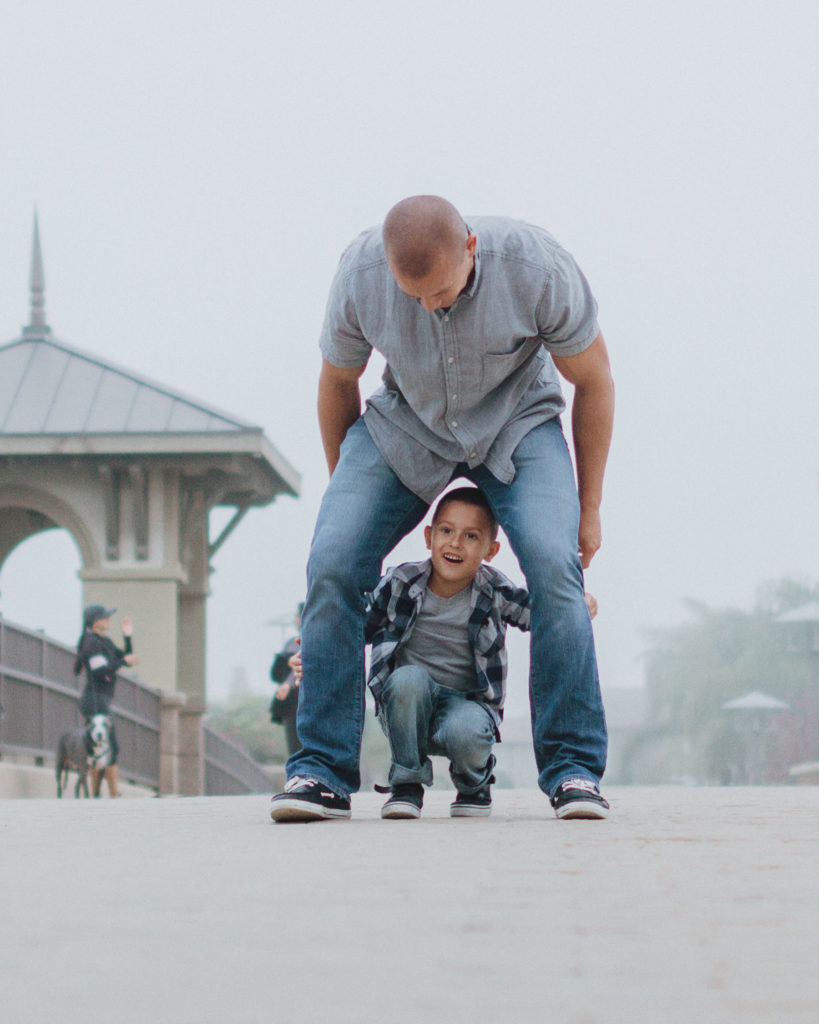Therapeutic Process
There are two primary approaches to healing the brain. One is to create insight so the child can think his/her way into a new way of behaving. Guiding the child and family to have insight into the child’s behavior is a primary role of the therapist.
The second is to create behavior change so the child can begin to behave his/her way into a new way of thinking. Guiding the child to make different behavior choices is the role of the parenting, making parents the primary agents of change. Coaching parents in effective parenting interventions is key to the therapist’s job.
Therapeutic conversations with a child challenge their thinking patterns that leave them and their families unhappy and which are often the result of a misinterpretation of events and experiences. “People behave the way they behave because they think the way they think” is a key discernment tool for therapeutic professionals. It is not enough to know what the behavior IS. The thinking behind the behavior must be discerned and addressed. An identical behavior can have widely different rationales from the child’s view. Challenging a child to think about negative behaviors, exploring if there is a happier, more productive, less stressful, way to approach their thinking behind the behaviors. What is it the child is trying to accomplish with his/her behavior and is there a better way of achieving the goal? Doing it with a bit of humor and a great deal of compassion makes it easier for the child to become thoughtful enough to change their behavior……… Not because they are consequenced or disciplined for their behavior but because they have changed their mind about the importance of holding on to it!
The first goal of a therapeutic conversation is to figure out why the child is choosing to behave the way he or she is behaving. Children are “self destructive” for no reason. There is a positive striving involved and figuring out what that is is very important! A very clear and detailed history of the child, tracking genetics, the in utero experience and the first two years of life is critically important to discerning why the child is behaving the way he/she does and linking key elements from the past to the present behaviors. Click here to See Chapter, Children Behave the Way They Behave Because They Think the Way They Think. This process instills compassion in the child and the parents for the child’s plight and to some extent “normalizes” the child’s behavior and emotional states as a logical result of the child’s early history. The question for the therapist and parents is, “What child, given similar genetics and early history, would choose to think and behave any differently?” The Chinese have a proverb, “The foolish man gets angry. The wise man understands.” This understanding of the child’s behavior as a rational result of past experiences minimizes the potential for the parents to react negatively to a child’s behavior and emotional states as they see it as a brain injury for which the child is not responsible so seek to heal the child in much the same way a parent with a child who is physically disabled would seek.
It is important, as well, for the child to understand the rationale behind their behavior. Children need to know they are not “crazy”. They need to get past “guilt” as guilt is not a good motivation for behavior change. They need to know that what they are doing is due to what happened to them. Since they were not responsible for what happened to them they cannot be held responsible for the behavior resulting from the trauma. Over time children can be brought to the understanding that while they did not cause the trauma and the resulting behaviors are understandable, their behaviors and emotional states are not making them happy. In order for them to be happy they need to resolve the trauma, create different messages to themselves about the trauma and begin to choose behaviors and emotional responses that have the potential to make them and the people around them happier.
In order to figure out the why, the therapist needs to know the what. What happened? What was the trauma? What message did the child give himself about himself regarding the trauma? What is the child telling himself/herself about the rationale for his or her behavior and emotional states? For the most part, the behaviors are automatic and the child does not know why they behave the way they do. To assume the behavior is therefore irrational is misleading. Know, without a doubt, in the recesses of the child’s brain there is a meaning to the behavior! For the most part, particularly in the case of early childhood abuse and neglect the trauma occurred at a preverbal state. Trauma can shock people into speechlessness. While experiencing the trauma the overwhelmed child often has no ability to process what is happening to them in words. Later, the child is literally speechless, not about conversation in general, but when processing the memories of the trauma they have no words to describe what happened and what their message to themselves about themselves was. Because they have emotional, non verbal memories of the trauma they are unable to describe it verbally. Not unwilling! UNABLE! They turn to the only form of communication left to them….behaviors. Typically children do not act out the trauma. They act out the emotional scars the trauma left. Scared, untrusting children do scary things. Angry children do angry things. Sad children do sad things. Mom’s attuned emotional reaction to her child’s behavior is often attuned to the same feelings the child is experiencing. Mom’s are often scared of their scared children and their scary behaviors. Mom’s are often angry at a child that does angry things. Mom’s become very sad about their children when their children project sadness. Mom’s fight for control with a controlling child reflects the child’s lack of trust that mom is capable of keeping child safe. Insight can be gained by asking mom what feelings are aroused in her when her child misbehaves.
For many children, however, it is not just the trauma that imprinted a negative behavioral and emotional pathway in the brain. Pivotally important is what the adult or caregiver response was to the trauma. Was it empathic? Did the trauma stop? Did the adult do anything to stop the trauma from recurring? Did it continue unabated? What message did the child give himself about adults?
Leading the child to becoming insightful, almost analytical, about their behavior so the child can think his/her way into a new way of behaving is a primary role of the therapist. Having these “conversations” in such a way as to not arouse the child’s natural defense responses, allows them to look at what they do and why they do as if they were an outside observer.
To gain understanding about negative behaviors and emotional states it is important for the therapist to discern the child’s message to himself about the trauma, about himself and the caregiver response. This understanding and acceptance is where treatment begins!
Begin by asking questions, rhetorical questions, if necessary, as a therapist cannot force a child to talk or share or respond in any way! A child not willing to engage verbally in therapy does not have to be viewed as if he is in some sort of control battle that the therapist must win. Double bind the child and predict he/she will not answer, setting up the process whereby the therapist asks and answers her own questions. Feel free to ask the question and then answer it. If the child does not want to engage, it is a perfect opportunity to talk to the parents, share insights and thoughts with them. The child will “get it” as we know that children listen when parents talk!
During the contracting session I talk to the children about being happy and set myself up as a “happiness coach”. Therapy, for me, is not about changing a child into someone the parents find more lovable…..as being loved is pivotal to the parent child contract of unconditional love must flow to the child from the parents. There is no parent child contract that love must flow from the child back to the parent. If love is returned….fabulous. However, it is a gift the child gives to the parents. Love, however, is not a conditional gift from a parent to their child. It is a mandate! When parents fall out of love with their children that is a completely different issue and the role of the therapist is to work with the parents until they feel love and compassion for their children before any work is done with the child.
That said, therapy for the child is an opportunity to help a child gain some insight into their behaviors so they can (1) become less judgmental and critical of themselves and (2) find a way to use that insight to choose behaviors and emotional states that enable them to feel happier, more content with life and their family. Parent participation in therapy is to (1) help them gain perspective and compassion for their child and the behaviors and emotional states that contribute to the child’s unhappiness and by extension the parent and family’s unhappiness and (2) brainstorm parenting interventions that have the potential to minimize the damaging effects of a child’s negative behaviors while being supportive and compassionate with the child.
“Becoming happy”, then is the immediate goal….not behavior change. A child will interpret changing his behavior as doing something to benefit his parents, which he is not inclined to do. If pleasing his parents was his natural inclination he would not be coming to a therapist! However, becoming happy, is a goal that benefits himself so if he can be convinced that (1) he can be happy, and (2) he is capable of happiness, then he might be willing to set aside his need to oppose his parents’ needs in order to meet his own needs.
“Becoming happy” is also the immediate goal of the parents. I tend to remind the child in front of the parents that since his parents are the ones paying for therapy then they are my primary clients and if I can help them be happier I will have done my job. He is welcome to come along for the ride but making him happy is not my first priority. Which goes along with the old saying, “If Mama ain’t happy, ain’t nobody happy.” Mom must find a path to happiness first so she can lead her children and family to happiness. Meeting mom’s needs in therapy with the child becomes, therefore, of utmost importance! Remind parents they must not be therapeutic at their own expense. This is important as when parents sacrifice themselves it leads to a high level of resentment and is counter to the healing process.
Which is why, in the intake packet, there is a long list of behaviors which Mom and Dad can rank as to their importance. The ones the parents decide are of most importance must be dealt with first, even if the therapist believes another behavior is more important or dangerous.
As the various issues are dealt with it is always good to continually tie the child’s behavior and emotional states back to “People behave the way they behave because they think the way they think.” Tracing back the roots of the child’s current behaviors to earlier times when they were abused and neglected normalizes their current behaviors so they do not become defensive. It is something that happened to them, something about them, which they had no control over. Just like black hair or blue eyes. It is who they are and they are legitimately the way they are. The questions are, not, what are the behaviors, but “Are you happy?” Will others enjoy being in relationship with you if you treat them this way and behave this way? Your parents can love you exactly as you are. You do not have to change anything in order to be loved by your mother. However, others might not be so forgiving of poor hygiene, destructiveness, violence, sassiness, etc. You do not have to change in order to be loved by your parents. They have already proved they have a bottomless pit of love for you. However, if you want to be loved by someone else, you might give some thought to changing. Children treat future spouses and others they get close to the way they treated their mothers growing up. Right now your mother has put herself in harm’s way in order to help you learn how to relate to others. Others in your future will not be so likely to stick around when they see your behaviors and the way you talk to them.”
During sessions it is common for therapists to ask questions and for children to answer. It is important the child become invested in the answer. Which is why jumping jacks are such an important part of therapy and keeping child engaged. “I don’t know” answers are often an opportunity for the therapist to have the child do something that will send oxygen to the brain. Running in place, frog hops, jumping jacks, push ups. They are not punitive or disciplinary. They are simply a means to keep a child engaged in therapy. The question can be, “Are you able to come up with an answer or do you need oxygen to your brain?” Then the child can choose. Or….I will be glad to share what I think the answer is. You may borrow my brain. It will cost you jumping jacks. Then you can ask me or one of your parents what the answer is. Once the child has done the jumping jacks be eager to share the answer.
One way to begin a therapy session is to have the child state 3 things they did right that week. Oddly, this is a very difficult question for some children…..and parents….to answer. Everyone is concentrating so hard on what the child has done wrong that coming up with things they did right is hard. Nonetheless, by starting out with what the child did right the tone is set for 5 positives for every negative. The child and the parents need to have it continually reinforced that the child does a great deal more right then wrong and those behaviors need to be reinforced if a positive relationship is the hoped for result.
Movement
What is needed in a family after therapy is movement…..any sort of movement. A child can get worse or better. Sibling relationships might get worse or better. What is important is that as the result of therapy the child is moving, the family has moved some dynamic, the parents have moved in some parenting direction. Often, initially, the child’s behaviors get worse after therapy and after the parents begin changing their parenting plan. The child will escalate negative behaviors in order to prove to the parents that nothing they do will help them become happy. The child is determined to link their happiness to their parent’s happiness so if they remain unhappy the parents do as well. This link must be broken in order for children, parents and families to heal. As the child escalates the parents must escalate positive parenting techniques that begin to erode the child’s control over the family.
These behaviors are accepted and normalized by going back to early history. Reminding everyone over and over again, “Children behave the way they behave because they think the way they think.” At some age the child’s behaviors were considered normal, perhaps normal for a two year old…tantrums, breaking things, soiling oneself, saying “no”, etc, so being stuck in toddler behavior is indicative of when the trauma occurred. The message from the parents to the child is, “I can love you no matter how you behave. I can love the baby inside of you. However if you want to be loved by someone other then your mother you might want to rethink this. If you are happy to be loved for the rest of your life by just one person, feel free to carry on.”
If therapy is producing no movement in the parents and/or the child, then it is inappropriate for a therapist to continue seeing the family at great expense, energy commitment and time. Some therapists believe they should work with the family for 6 – 8 sessions before deciding they are not being helpful. That is too long for the family to disrupt their lives in order to come to therapy. It also entrenches the child in the belief that if even a professional therapist cannot help him then he must not be able to be helped. It becomes a self fulfilling philosophy with every therapist the family engages as the child believes he is helpless and hopeless and works to make sure his belief is true. If after 4 sessions the parents are no happier it is time to refer the family to someone else.















